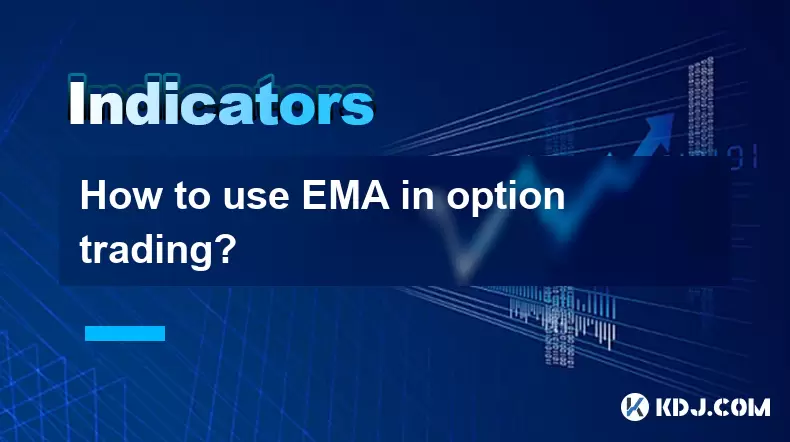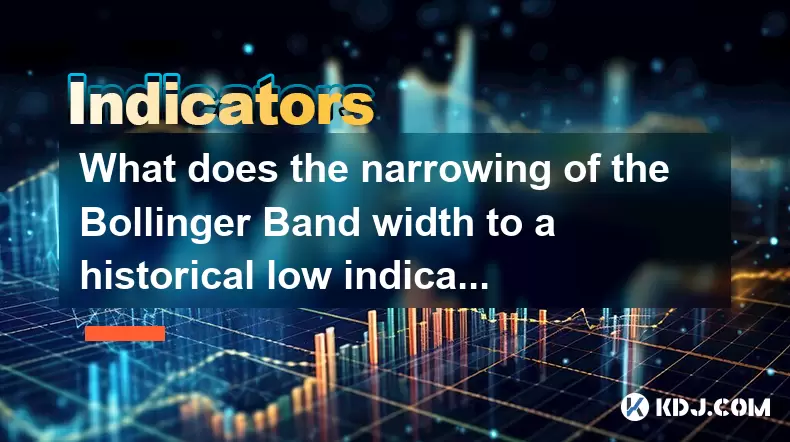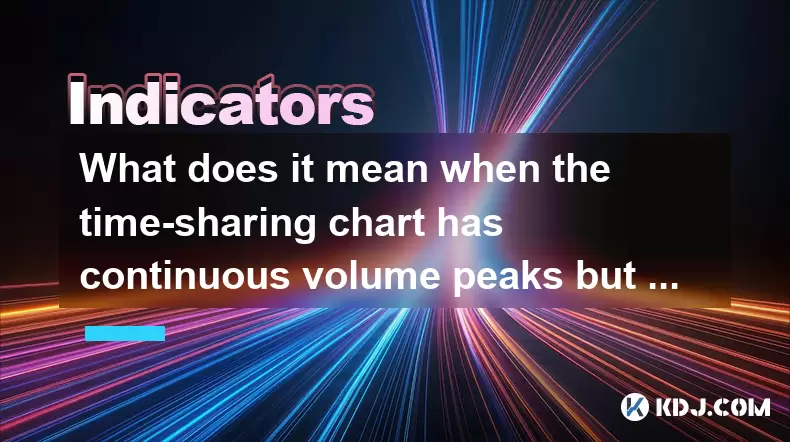-
 Bitcoin
Bitcoin $103,838.1703
5.33% -
 Ethereum
Ethereum $2,364.7328
10.94% -
 Tether USDt
Tether USDt $1.0007
0.03% -
 XRP
XRP $2.0950
9.02% -
 BNB
BNB $634.7170
5.25% -
 Solana
Solana $142.0264
11.70% -
 USDC
USDC $1.0000
0.00% -
 TRON
TRON $0.2728
5.18% -
 Dogecoin
Dogecoin $0.1598
10.80% -
 Cardano
Cardano $0.5655
9.94% -
 Hyperliquid
Hyperliquid $37.8554
11.16% -
 Sui
Sui $2.7196
17.77% -
 Bitcoin Cash
Bitcoin Cash $458.7795
4.67% -
 Chainlink
Chainlink $12.4271
12.53% -
 UNUS SED LEO
UNUS SED LEO $9.0769
0.74% -
 Avalanche
Avalanche $17.7117
12.43% -
 Stellar
Stellar $0.2392
9.83% -
 Toncoin
Toncoin $2.8765
9.58% -
 Shiba Inu
Shiba Inu $0.0...01131
11.69% -
 Litecoin
Litecoin $84.0378
9.79% -
 Hedera
Hedera $0.1456
14.65% -
 Monero
Monero $305.0298
5.16% -
 Ethena USDe
Ethena USDe $1.0006
0.03% -
 Dai
Dai $1.0001
0.02% -
 Polkadot
Polkadot $3.3522
10.31% -
 Bitget Token
Bitget Token $4.0785
3.25% -
 Uniswap
Uniswap $6.7682
13.08% -
 Pepe
Pepe $0.0...09557
13.29% -
 Pi
Pi $0.5253
9.79% -
 Aave
Aave $250.5247
16.65%
How to use EMA in option trading?
EMA is vital in option trading, helping identify trends and entry/exit points; combining it with RSI or MACD enhances strategy effectiveness.
May 22, 2025 at 12:43 pm

Introduction to EMA in Option Trading
The Exponential Moving Average (EMA) is a crucial tool in the arsenal of traders, particularly those involved in option trading. Unlike simple moving averages, the EMA gives more weight to recent prices, making it more responsive to new information. This feature makes it especially useful in the fast-paced world of options, where timely decisions can significantly impact profitability. In this article, we will delve into the specifics of how to use EMA in option trading, exploring its application in different scenarios and strategies.
Understanding EMA and Its Calculation
Before applying EMA in option trading, it's essential to understand how it is calculated. The EMA is computed using a formula that emphasizes recent price data. The formula for EMA is as follows:
[ \text{EMA}{\text{today}} = (\text{Price}{\text{today}} \times \text{Multiplier}) + (\text{EMA}_{\text{yesterday}} \times (1 - \text{Multiplier})) ]
Where the Multiplier is calculated as:
[ \text{Multiplier} = \frac{2}{(\text{Time periods} + 1)} ]
For instance, if you are using a 20-day EMA, the multiplier would be:
[ \text{Multiplier} = \frac{2}{(20 + 1)} = 0.0952 ]
This calculation ensures that the EMA reacts more quickly to price changes compared to a simple moving average, which is crucial for option traders who need to make swift decisions.
Setting Up EMA for Option Trading
To effectively use EMA in option trading, you need to set it up correctly in your trading platform. Here's how to do it:
- Choose your trading platform: Ensure that your chosen platform supports technical indicators like EMA.
- Select the EMA: Navigate to the indicators or studies section of your platform and choose the EMA.
- Set the time period: Depending on your trading strategy, you might choose a shorter period (e.g., 10-day EMA) for more responsiveness or a longer period (e.g., 50-day EMA) for a broader view.
- Apply the EMA: Once set, the EMA will appear on your price chart, providing a visual guide for your trading decisions.
Using EMA for Entry and Exit Points
One of the primary uses of EMA in option trading is to identify entry and exit points. The EMA can help you determine when to buy or sell options based on the trend direction. Here’s how:
- Uptrend identification: When the price of the underlying asset is consistently above the EMA, it indicates an uptrend. This could be a signal to buy call options.
- Downtrend identification: Conversely, if the price is consistently below the EMA, it suggests a downtrend, which might be a good time to buy put options.
- Crossover signals: A common strategy involves watching for the price to cross above or below the EMA. A price crossing above the EMA could signal a buying opportunity for calls, while a price crossing below could indicate a buying opportunity for puts.
Combining EMA with Other Indicators
While EMA is powerful on its own, combining it with other indicators can enhance your option trading strategy. Here are some popular combinations:
- EMA and RSI: The Relative Strength Index (RSI) can help confirm EMA signals. For instance, if the EMA indicates an uptrend and the RSI is above 50, it strengthens the case for buying call options.
- EMA and MACD: The Moving Average Convergence Divergence (MACD) can provide additional confirmation. If the MACD line crosses above the signal line while the price is above the EMA, it could be a strong signal to enter a long position.
- EMA and Bollinger Bands: Using Bollinger Bands alongside the EMA can help identify overbought or oversold conditions. If the price is above the EMA and touches the upper Bollinger Band, it might be a signal to sell call options.
EMA in Different Option Trading Strategies
The versatility of EMA makes it applicable to various option trading strategies. Here are a few examples:
- Straddle Strategy: In a straddle, you buy both a call and a put option at the same strike price and expiration date. Using EMA can help you time your entry into a straddle position. If the price is hovering around the EMA, it might indicate a period of consolidation, which is ideal for a straddle.
- Covered Call Strategy: When selling covered calls, the EMA can help you decide when to sell the call option. If the price is above the EMA and showing signs of a continued uptrend, it might be a good time to sell a call option to capture the premium.
- Iron Condor Strategy: In an iron condor, you sell an out-of-the-money call and put while buying further out-of-the-money options for protection. Using EMA can help you set the strike prices. If the price is between two EMAs (e.g., 20-day and 50-day), it can indicate a range-bound market, which is ideal for an iron condor.
Practical Example of Using EMA in Option Trading
Let's walk through a practical example of using EMA in option trading. Suppose you are trading options on the S&P 500 (SPX) and you have set up a 20-day EMA on your chart.
- Identify the trend: You notice that the SPX price is consistently above the 20-day EMA, indicating an uptrend.
- Look for entry points: You see the price dip slightly but remain above the EMA. This could be an entry point for buying call options.
- Confirm with other indicators: You check the RSI, which is at 60, indicating the market is not overbought. This strengthens your decision to buy call options.
- Set your exit strategy: You decide to sell your call options if the price crosses below the 20-day EMA or if the RSI reaches 70, signaling overbought conditions.
Frequently Asked Questions
Q: Can EMA be used for short-term option trading?
A: Yes, EMA can be particularly effective for short-term option trading. By using a shorter time period for the EMA (e.g., 10-day or 5-day), traders can capture more immediate price movements, which is crucial for short-term strategies.
Q: How does the choice of EMA period affect option trading strategies?
A: The choice of EMA period significantly impacts the sensitivity of the indicator. A shorter period (e.g., 10-day EMA) will be more responsive to price changes, making it suitable for short-term trading. A longer period (e.g., 50-day EMA) provides a broader view of the trend, which might be more appropriate for longer-term strategies.
Q: Is it better to use multiple EMAs for option trading?
A: Using multiple EMAs can provide a more comprehensive view of the market. For instance, a combination of a short-term EMA (e.g., 10-day) and a long-term EMA (e.g., 50-day) can help identify both short-term fluctuations and long-term trends, enhancing your trading decisions.
Q: How can EMA help in managing risk in option trading?
A: EMA can help manage risk by providing clear signals for entry and exit points. By setting stop-loss orders based on EMA crossovers, traders can limit potential losses. Additionally, using EMA in conjunction with other indicators can confirm trends and reduce the likelihood of false signals, thereby managing risk more effectively.
Disclaimer:info@kdj.com
The information provided is not trading advice. kdj.com does not assume any responsibility for any investments made based on the information provided in this article. Cryptocurrencies are highly volatile and it is highly recommended that you invest with caution after thorough research!
If you believe that the content used on this website infringes your copyright, please contact us immediately (info@kdj.com) and we will delete it promptly.
- Bitcoin Scaling Showdown: Lightning Network, Sztorc, and the Future of Payments
- 2025-06-24 04:25:12
- Cathie Wood, ARK Invest, and Circle Shares: A Wild Ride on the Stablecoin Wave
- 2025-06-24 04:25:12
- Download 2025: Live Review Through Martha's Lens
- 2025-06-24 04:32:10
- Turtle Club Joins Kaito Leaderboard: A New Era for Ecosystem Push
- 2025-06-24 04:35:12
- Crypto Penny Coins: Hunting for Monster Gains in 2025
- 2025-06-24 02:45:12
- Ethereum Whale Dips Into Crashing ETH: Smart Move?
- 2025-06-24 02:25:12
Related knowledge

How to interpret that the time-sharing chart shows "volume and price rise together" but the MACD red column shortens?
Jun 24,2025 at 01:08am
Understanding the Concept of 'Volume and Price Rise Together'In cryptocurrency trading, when a time-sharing chart shows that both volume and price rise together, it is typically interpreted as a sign of strong buying pressure. This means more traders are entering long positions, pushing the price higher while increasing the trading volume. This phenomen...

Is it contradictory that the moving average system is arranged in a bullish pattern but the DMI shows a decline in trend strength?
Jun 23,2025 at 11:43pm
Understanding the Moving Average and DMI RelationshipIn cryptocurrency trading, technical analysis plays a crucial role in identifying potential trends and making informed decisions. Two of the most commonly used indicators are the Moving Average (MA) and the Directional Movement Index (DMI). While both tools aim to provide insight into market direction...

How to interpret that the Williams indicator quickly turns back in the overbought area but does not fall below the 50-axis?
Jun 24,2025 at 02:01am
Understanding the Williams %R Indicator in Cryptocurrency TradingThe Williams %R indicator, often referred to as Williams Percent Range, is a momentum oscillator used by traders to identify overbought or oversold conditions in financial markets, including cryptocurrency. It ranges from 0 to -100, where values above -20 are considered overbought and thos...

What is the significance of the gap formed by the gap opening not being filled within five days?
Jun 23,2025 at 09:42pm
Understanding Gaps in Cryptocurrency TradingIn the world of cryptocurrency trading, a gap refers to a situation where the price of an asset jumps from one level to another without any trading activity occurring between those two levels. This often happens over weekends or holidays when the market is closed, and significant news or events occur that impa...

What does the narrowing of the Bollinger Band width to a historical low indicate?
Jun 24,2025 at 02:35am
Understanding Bollinger Bands and Their Role in Technical AnalysisBollinger Bands, developed by John Bollinger in the 1980s, are a popular technical analysis tool used to measure market volatility. They consist of three lines: a simple moving average (SMA) in the center, typically over a 20-period setting, and two outer bands that are set at a standard ...

What does it mean when the time-sharing chart has continuous volume peaks but the price fluctuation is not large?
Jun 24,2025 at 03:49am
Understanding the Time-Sharing Chart in Cryptocurrency TradingIn cryptocurrency trading, time-sharing charts are crucial tools that help traders monitor real-time price movements and volume activity. These charts display data within specific time intervals—such as 1-minute, 5-minute, or 15-minute windows—and allow for granular analysis of market behavio...

How to interpret that the time-sharing chart shows "volume and price rise together" but the MACD red column shortens?
Jun 24,2025 at 01:08am
Understanding the Concept of 'Volume and Price Rise Together'In cryptocurrency trading, when a time-sharing chart shows that both volume and price rise together, it is typically interpreted as a sign of strong buying pressure. This means more traders are entering long positions, pushing the price higher while increasing the trading volume. This phenomen...

Is it contradictory that the moving average system is arranged in a bullish pattern but the DMI shows a decline in trend strength?
Jun 23,2025 at 11:43pm
Understanding the Moving Average and DMI RelationshipIn cryptocurrency trading, technical analysis plays a crucial role in identifying potential trends and making informed decisions. Two of the most commonly used indicators are the Moving Average (MA) and the Directional Movement Index (DMI). While both tools aim to provide insight into market direction...

How to interpret that the Williams indicator quickly turns back in the overbought area but does not fall below the 50-axis?
Jun 24,2025 at 02:01am
Understanding the Williams %R Indicator in Cryptocurrency TradingThe Williams %R indicator, often referred to as Williams Percent Range, is a momentum oscillator used by traders to identify overbought or oversold conditions in financial markets, including cryptocurrency. It ranges from 0 to -100, where values above -20 are considered overbought and thos...

What is the significance of the gap formed by the gap opening not being filled within five days?
Jun 23,2025 at 09:42pm
Understanding Gaps in Cryptocurrency TradingIn the world of cryptocurrency trading, a gap refers to a situation where the price of an asset jumps from one level to another without any trading activity occurring between those two levels. This often happens over weekends or holidays when the market is closed, and significant news or events occur that impa...

What does the narrowing of the Bollinger Band width to a historical low indicate?
Jun 24,2025 at 02:35am
Understanding Bollinger Bands and Their Role in Technical AnalysisBollinger Bands, developed by John Bollinger in the 1980s, are a popular technical analysis tool used to measure market volatility. They consist of three lines: a simple moving average (SMA) in the center, typically over a 20-period setting, and two outer bands that are set at a standard ...

What does it mean when the time-sharing chart has continuous volume peaks but the price fluctuation is not large?
Jun 24,2025 at 03:49am
Understanding the Time-Sharing Chart in Cryptocurrency TradingIn cryptocurrency trading, time-sharing charts are crucial tools that help traders monitor real-time price movements and volume activity. These charts display data within specific time intervals—such as 1-minute, 5-minute, or 15-minute windows—and allow for granular analysis of market behavio...
See all articles
























































































